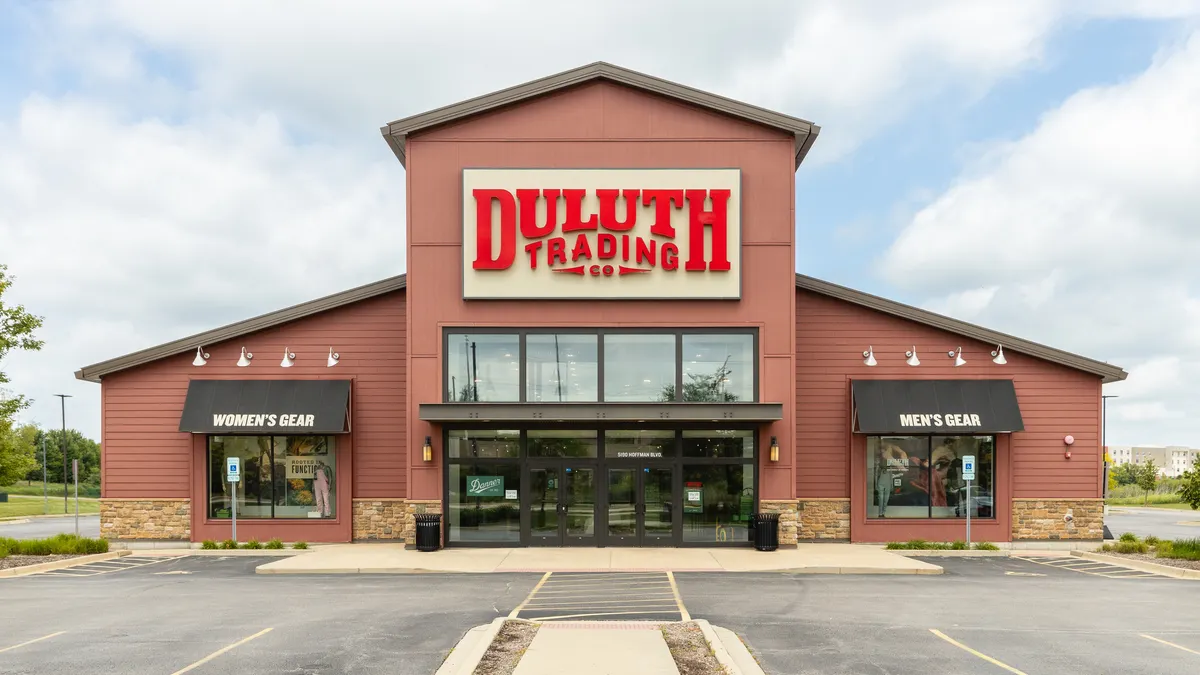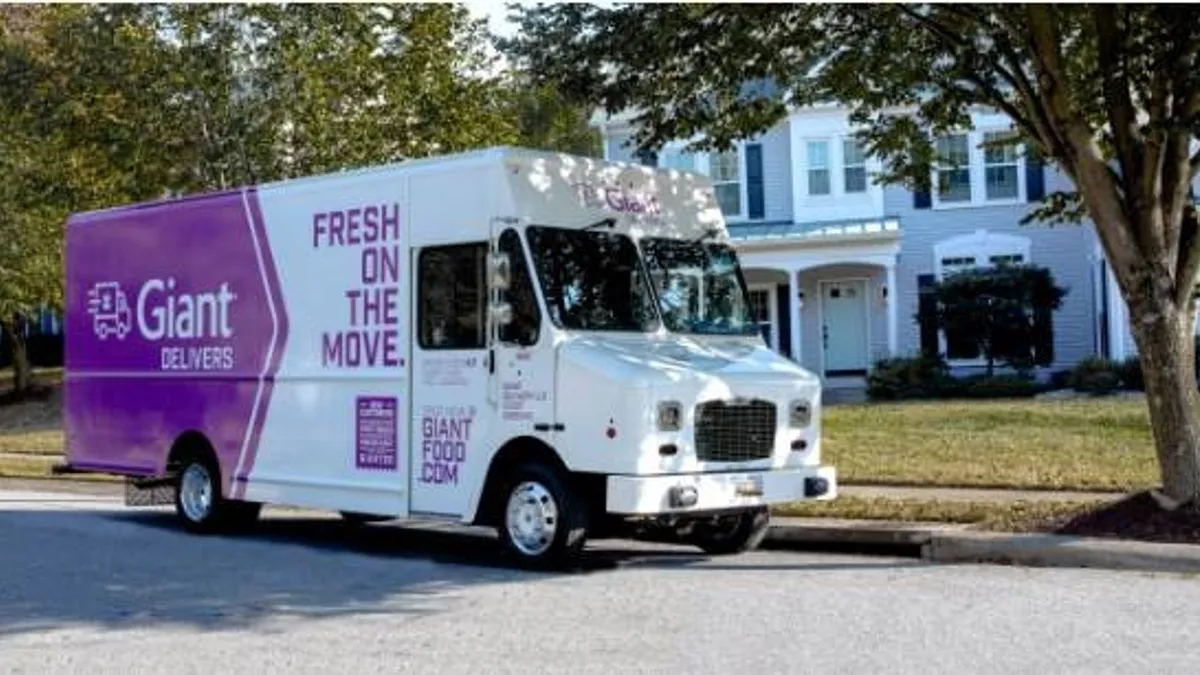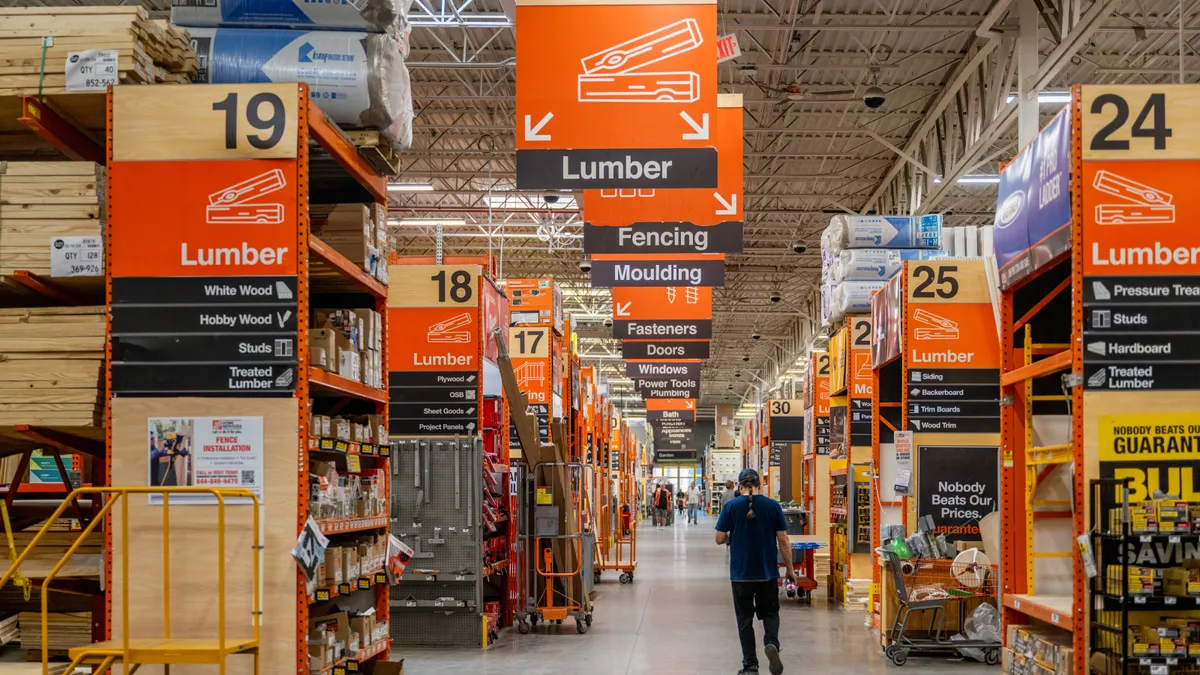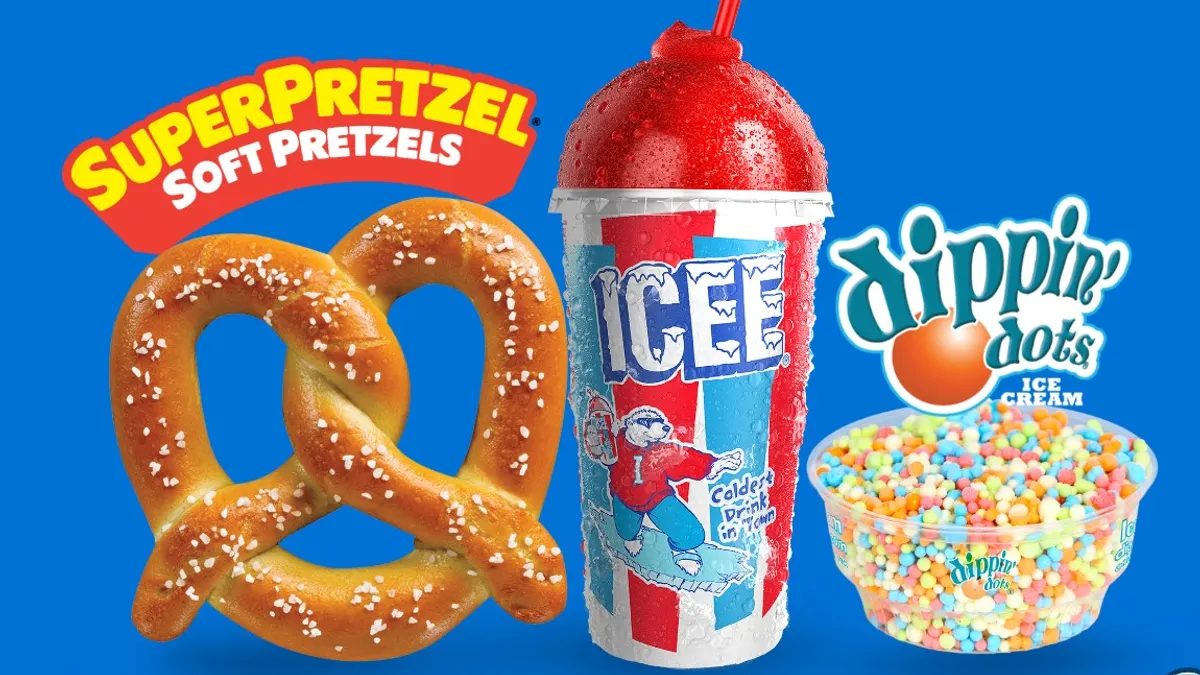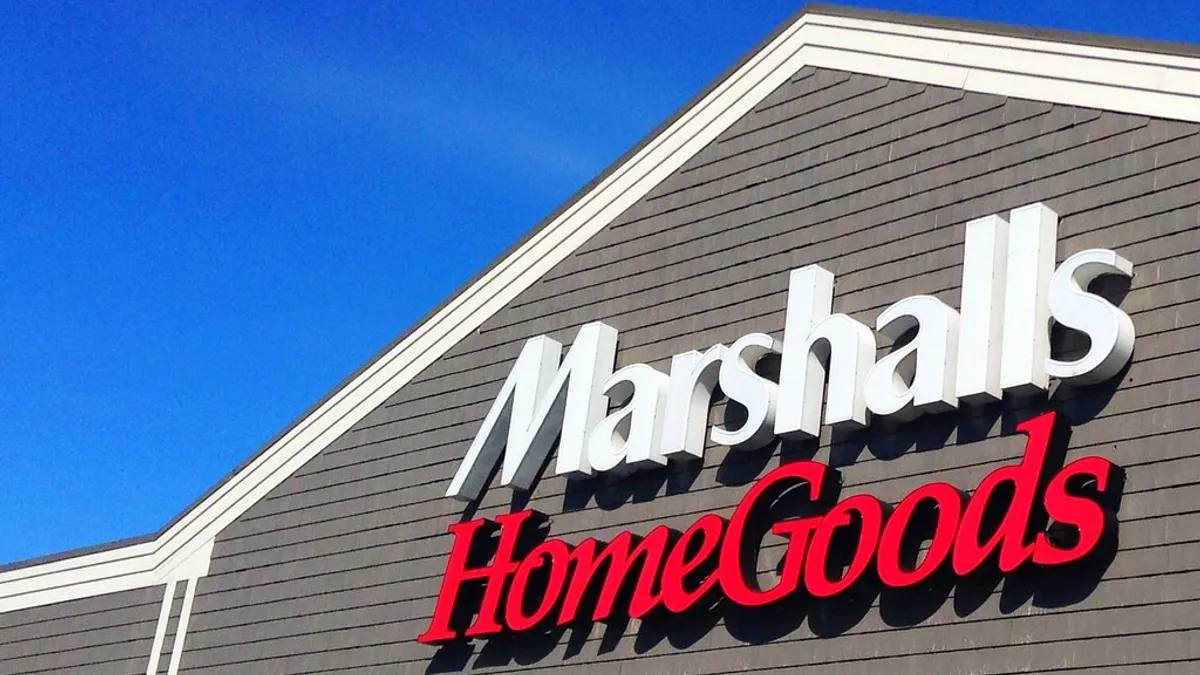Editor's Note: The following is a guest post written by Rod Daugherty, Vice President of Product Strategy for Blue Ridge.
Not all supply chains are created equally — in fact, many are created to serve very different purposes. When investigating which supply chain solution is the best fit for the unique needs for your business, it can be challenging given the number of options available today.
Forecasting and planning plays an important role across a variety of industries. Banking, risk-management, manufacturing, retail and distribution are just a few. While each one of these industries has unique challenges and goals, the forecasting and planning function serves widely (and often wildly) different purposes for each.
There is no way to over-estimate the importance of domain focus. It is crucial to select a solution developed specifically for your industry, and not one adapted from a solution originally intended for a different industry.
Retail and distribution vs. manufacturing
Retailers’ and distributors’ businesses by and large revolve around forecasting customers and replenishing finished goods into locations for sale to other businesses or consumers. This is vastly different than a manufacturer whose objective is making or assembling goods with optimal labor and machine efficiency, along with sourcing raw materials for production.
Manufacturers are by nature further removed from consumer demand, which creates difficulties for them in understanding demand at any level of detail. As a result, forecasting for manufacturers becomes a labor-intensive process to make sense of raw statistics.
There has been an assumption in the market that using multiple, or "best fit" statistical forecasting models must be better or somehow more sophisticated. This approach can be valid for manufacturers because of the significant difficulty predicting consumer behavior at a granular level. The influences that drive consumer demand are simply not available in the data manufacturers receive.
Therefore, they must resign themselves to "post-casting," or hoping that the data from the past will somehow reflect the future. However, the critical question is not how many, or which statistical forecast models are superior, but rather, is a statistical forecast even the solution for the business problem you need to solve?
Due to distributors’ and retailers’ connections to the consumer transaction, it’s possible for them to understand demand at a deeper level of detail. Rather than raw statistics, a forecasting and planning system geared towards a retail and distribution environment captures customer purchasing activity that exposes influences, events and causal factors that predict customer demand more precisely.
This level of precision is key to economically assuring product availability and eliminating stock-outs in the supply chain.
One of the big differences between wholesale and retail compared to manufacturers is how and why demand forecasts are developed. Manufacturers have to generate demand forecasts to drive their requirements planning and material sourcing. There are many differences in why and how a manufacturer generates demand forecasts versus the wholesale and retail community. These differences impact forecasting in several ways:
- Time series demand stream: Most manufacturers do not inherently ‘own’ the demand stream from which they generate their forecasts. Rather, they get disparate types of demand, sometimes even once or twice removed from them, that they have to accumulate into a workable format to perform a forecasting operation. This introduces a dangerous level of subjectivity, but it must be confronted nonetheless. That means their process has to accommodate scenarios wholesalers and retailers would not encounter.
- The forecast analyst: Manufacturers’ forecasting processes are predicated on the idea of having dedicated forecast analysts who strictly work with demand streams and forecast models. This is the nature of their business. They are working with relatively small lists or catalogs of items compared to the smallest of wholesale customers who are working with thousands of items.
- Forecasts have different downstream implications: The manufacturing business model requires longer-range demand forecasts. The forecast that starts out as statistically derived, is pretty much the only thing to go by. This is because their lack of immediate access to consumer/SKU/location-level data forces them to make assumptions that are not required of a wholesaler or retailer. Then, they add in their own demand-shaping techniques like promotions and collaborative tribal knowledge (speculation).
- Multiple forecasting models & "best pick/best fit”: When you are practically reinventing the forecasting wheel every time you generate forecasts, much like forecast analysts in the manufacturing world ( i.e. they have to manage and reconcile time-series demand signals and they are not necessarily intimate with the dynamics of the various demand feeds), it is incumbent on the forecast analyst to try different models to see which gives them the lowest forecast error or have the solution change the forecast model based on breaching an error threshold. If the solution does it for them, that is what is referred to as “best pick or best fit” forecasting.
Wholesalers and retailers, if interested in optimizing profit, need the demand forecast to drive economic order quantity replenishment. Generally speaking, wholesale and non-fashion retail are working with reasonably long product life cycles, relatively short to moderate lead times, and unlike manufacturers who have fixed/pre-determined production schedules, short order cycles and variable order schedules.
The ideal approach is to use joined order projections consider not only the statistical forecast but also other segments of the forecast such as causal variables and strict buying policies including the manufacturers buying multiple, minimum order sizes, and so on. This forecasting method is also a valuable long-range planning input to share with manufacturer partners. Sharing what they will order in the future is much better than simply sharing point-of-sale or some other demand signal.
Wholesalers and retailers need the SKU demand forecast to be smoothed and updated more frequently based on the latest trends, utilizing a rapidly adaptive model that uses a combination of proprietary extensions on multiple forecast models designed to adapt to the item/location demand behavior in wholesale and retail inventory optimization.
Inventory management is key to retail success
Retail and distribution businesses contemplating ways to improve inventory productivity should be thinking about inventory for the enterprise as one holistic investment. Inventories in stores and distribution centers (DC) are equivalent to stacks of dollars. At the end of the day, retailers and distributors need to enable the most cost-effective inventory investment to meet their desired sales and customer fulfillment objectives.
A holistic solution encompassing demand forecasting, planning, fulfillment, replenishment, and supply planning is best equipped to cost-effectively meet sales goals. A solution for retailers and distributors should be designed from the ground up to manage customer demand for finished goods.
Think carefully about which solution and methodology provides the most profitable and effective results for your business. Are the solutions you are considering based on meeting customer demand for finished goods with minimal supply chain costs? Or were they really designed for efficient manufacturing production? It’s a crucial distinction.
Rod Daugherty is the Vice President of Product Strategy for Blue Ridge.






